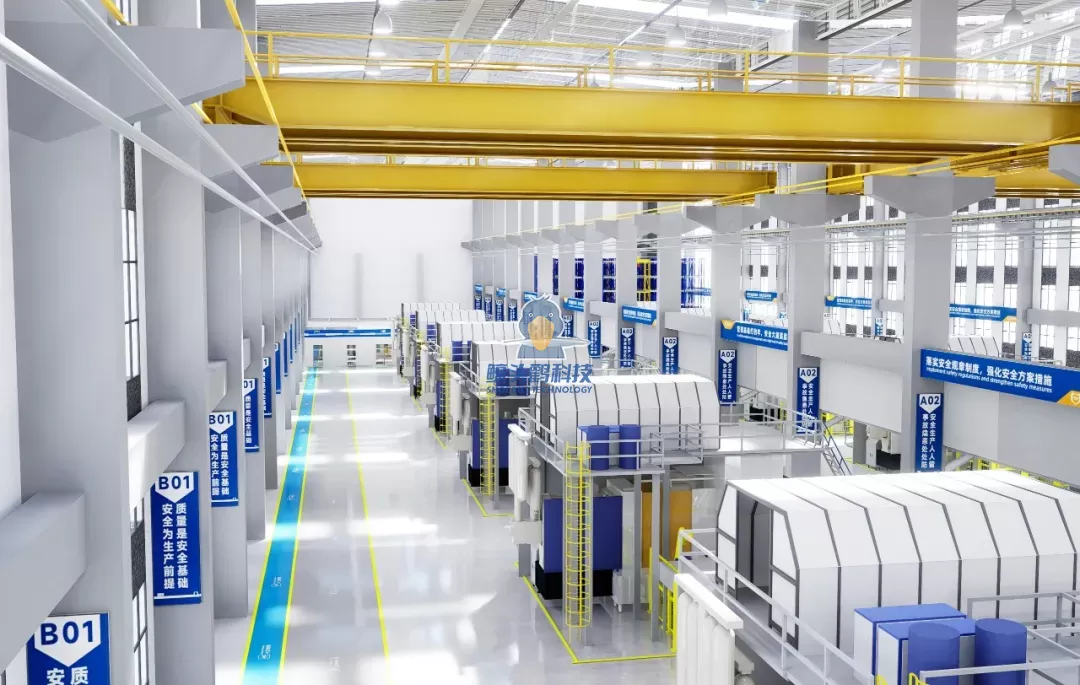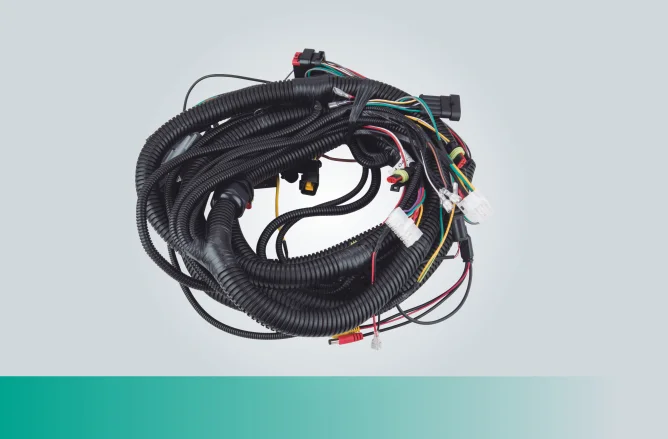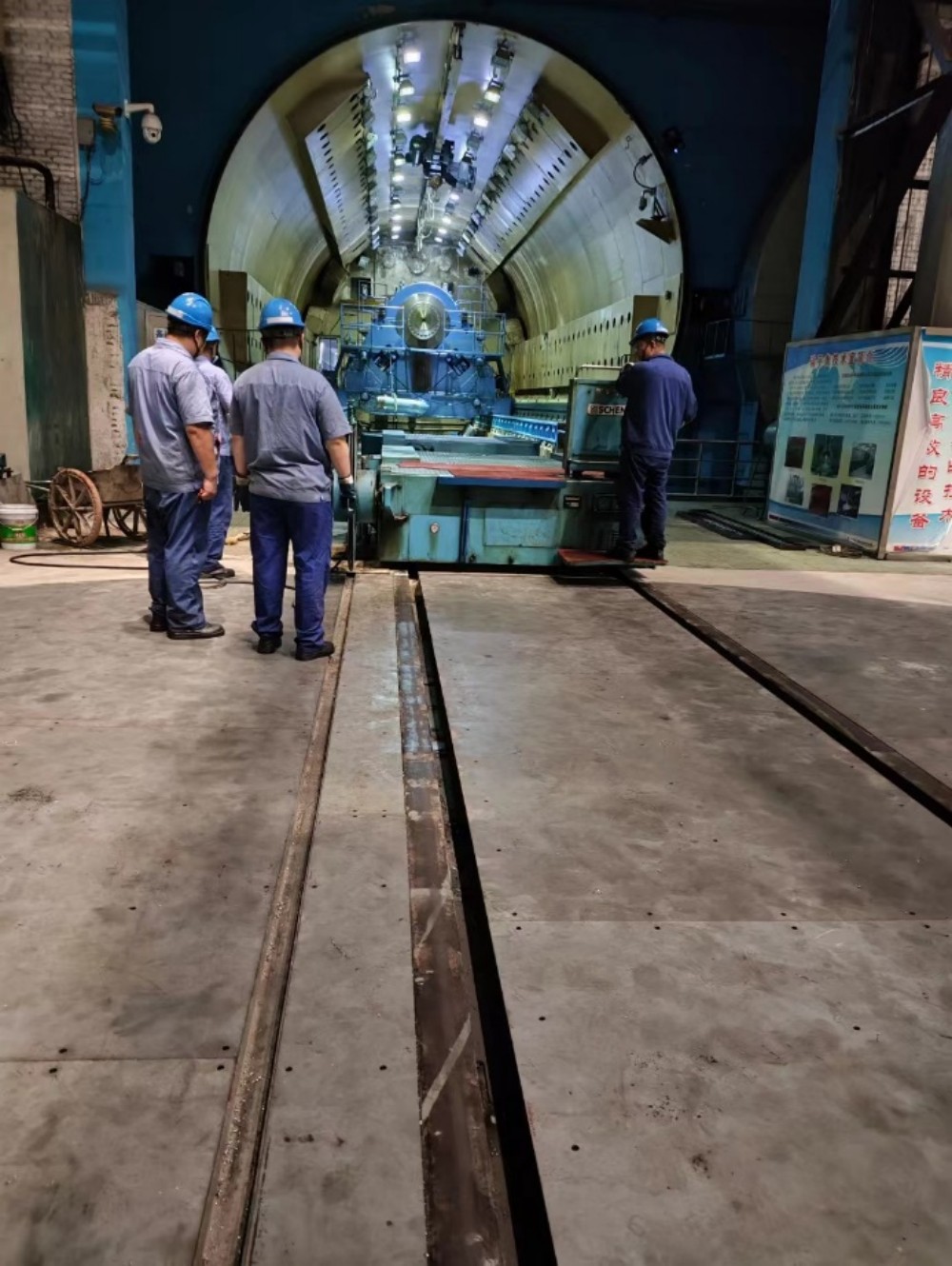In the world of CNC machining, the choice between air-cooled and water-cooled spindles is a critical decision that can significantly impact the efficiency, precision, and longevity of your operations. Each cooling method has its unique advantages and disadvantages, making it essential for manufacturers and hobbyists alike to understand the nuances of both systems. This article delves into the intricacies of air-cooled and water-cooled spindles, providing a detailed comparison to help you make an informed decision.
Understanding Spindle Cooling Systems
Before diving into the comparison, it’s important to grasp the fundamental differences between air-cooled and water-cooled spindles.
- Air-Cooled Spindles: These spindles utilize ambient air to dissipate heat generated during operation. They typically feature integrated fans that circulate air around the spindle housing, ensuring that temperatures remain within operational limits.
- Water-Cooled Spindles: In contrast, water-cooled spindles employ a liquid cooling system, where coolant circulates through the spindle to absorb and transfer heat away from critical components. This method often involves a separate cooling unit that maintains the coolant at optimal temperatures.
Performance and Efficiency
When evaluating which spindle type is better, performance and efficiency are paramount.
- Thermal Management: Water-cooled spindles generally excel in thermal management. The ability to maintain lower operating temperatures allows for sustained high-speed operations without the risk of overheating. This is particularly beneficial in high-demand applications, such as milling hard materials or prolonged machining tasks.
- Power Output: Air-cooled spindles can struggle with power output in high-load scenarios due to thermal constraints. While they are adequate for lighter tasks, their performance may diminish under heavy workloads. Conversely, water-cooled spindles can maintain higher power outputs consistently, making them suitable for demanding applications.
- Speed and Precision: The stability provided by water-cooled systems often translates into improved precision. The reduced thermal expansion of components leads to tighter tolerances, which is crucial for intricate machining tasks. Air-cooled spindles may experience fluctuations in speed and precision due to temperature variations.
Installation and Maintenance
Another critical aspect to consider is the installation and maintenance requirements of each spindle type.
- Installation Complexity: Air-cooled spindles are generally easier to install. They require minimal setup, as they do not need additional plumbing or coolant reservoirs. This simplicity can be advantageous for smaller workshops or hobbyists who may not have the resources for complex installations.
- Maintenance Needs: Water-cooled spindles demand more maintenance due to the coolant system. Regular checks for leaks, coolant levels, and potential contamination are necessary to ensure optimal performance. However, the longevity of water-cooled spindles often offsets these maintenance requirements, as they tend to have a longer lifespan compared to their air-cooled counterparts.
Cost Considerations
Cost is always a significant factor in decision-making.
- Initial Investment: Air-cooled spindles typically have a lower initial cost, making them an attractive option for budget-conscious buyers. They are often favored in entry-level CNC machines and smaller operations.
- Operational Costs: While water-cooled spindles may require a higher upfront investment, their efficiency and longevity can lead to lower operational costs over time. The ability to run at higher speeds and loads can result in increased productivity, which may justify the initial expense.
Application Suitability
The choice between air-cooled and water-cooled spindles often boils down to specific application needs.
- Air-Cooled Spindles: Best suited for lighter machining tasks, such as engraving, woodworking, and soft metals. They are ideal for hobbyists or small-scale operations where budget constraints are a priority.
- Water-Cooled Spindles: More appropriate for industrial applications requiring high precision and heavy-duty machining. They excel in environments where prolonged operation at high speeds is necessary, such as in aerospace, automotive, and metalworking industries.
Conclusion: Making the Right Choice
Ultimately, the decision between air-cooled and water-cooled spindles hinges on your specific needs, budget, and operational demands. If you prioritize ease of installation, lower costs, and are engaged in lighter machining tasks, air-cooled spindles may be the right choice for you. However, if your operations require high precision, sustained power, and the ability to handle demanding workloads, investing in a water-cooled spindle will likely yield better long-term results.







+ There are no comments
Add yours